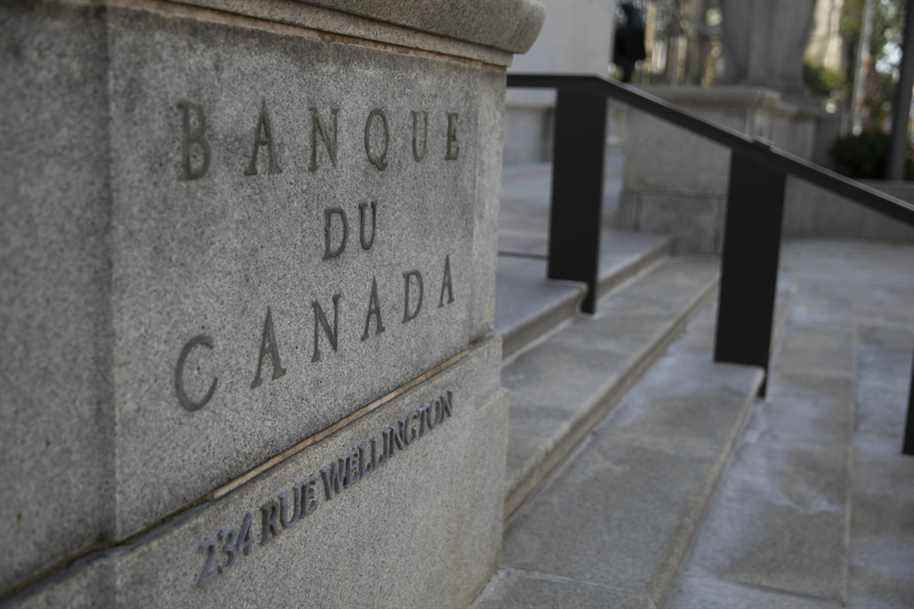(Ottawa) The central bank of Canada has been instructed to keep the annual rate of price increases at its historic target, but also to help strengthen the labor market.
Since 1991, the Bank of Canada has been targeting an annual inflation rate of between 1% and 3%, often reaching an ideal point of 2%.
This range remains at the center of the renewed monetary policy framework agreement with the federal government.
However, the new five-year deal describes how the bank should consider how close employment is to the highest level it can reach before fueling inflationary problems.
The bank may decide to let inflation approach either end of its target range for short periods of time, as it determines when the labor market reaches its full potential.
It could also mean that the central bank is keeping its policy interest rate as low as possible for longer periods to help the economy recover from a downturn.
The key rate since the start of the pandemic has been 0.25%. It was lowered to stimulate spending during the COVID-19-induced downturn and the rebound that followed.
No increase before April
As it stands, the bank isn’t planning its first rate hike until April at the earliest.
Under the deal unveiled on Monday, the central bank said the rate could hit that bottom more often and stay there longer if the bank believes it will help bring inflation down to target.
Documents released by the bank indicate that a low interest rate environment for a longer period increases the likelihood that inflation will exceed the 2% target as the economy recovers.
Rate hikes would only take place after inflationary pressures increase, but not before inflation hits 2%.
In addition, rate hikes could be more gradual than in the past, as the bank will determine whether it has correctly estimated the full potential of the labor market, which means, again, that inflation could exceed the target of. the bank.
Governor Tiff Macklem and other senior central bank officials have repeatedly referred to the need for the labor market to heal the wounds caused by COVID-19 before the bank puts the brakes on its economic recovery, even as rates inflation rates have recently increased.
The central bank says determining when the country has reached “maximum sustainable employment” cannot be boiled down to a single number or easily defined in a labor market affected by an aging workforce.
The bank plans to describe the labor market indicators it monitors and detail them as part of its regular rate announcements.
